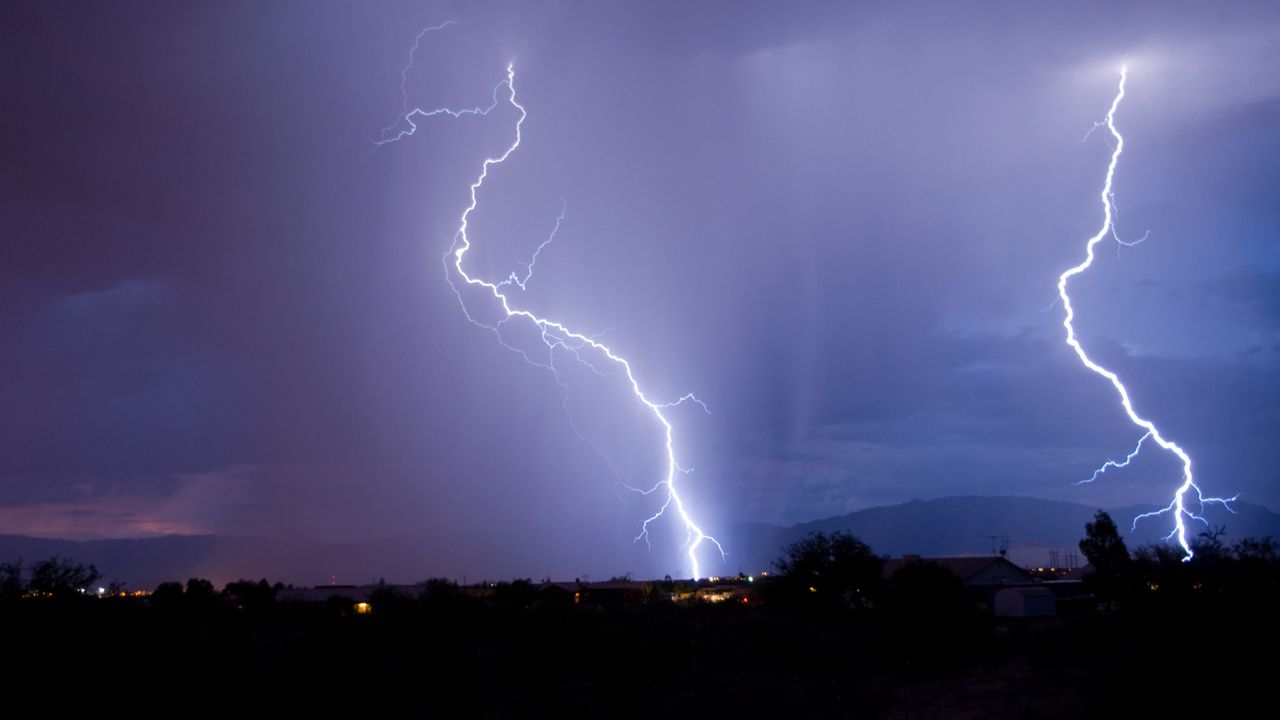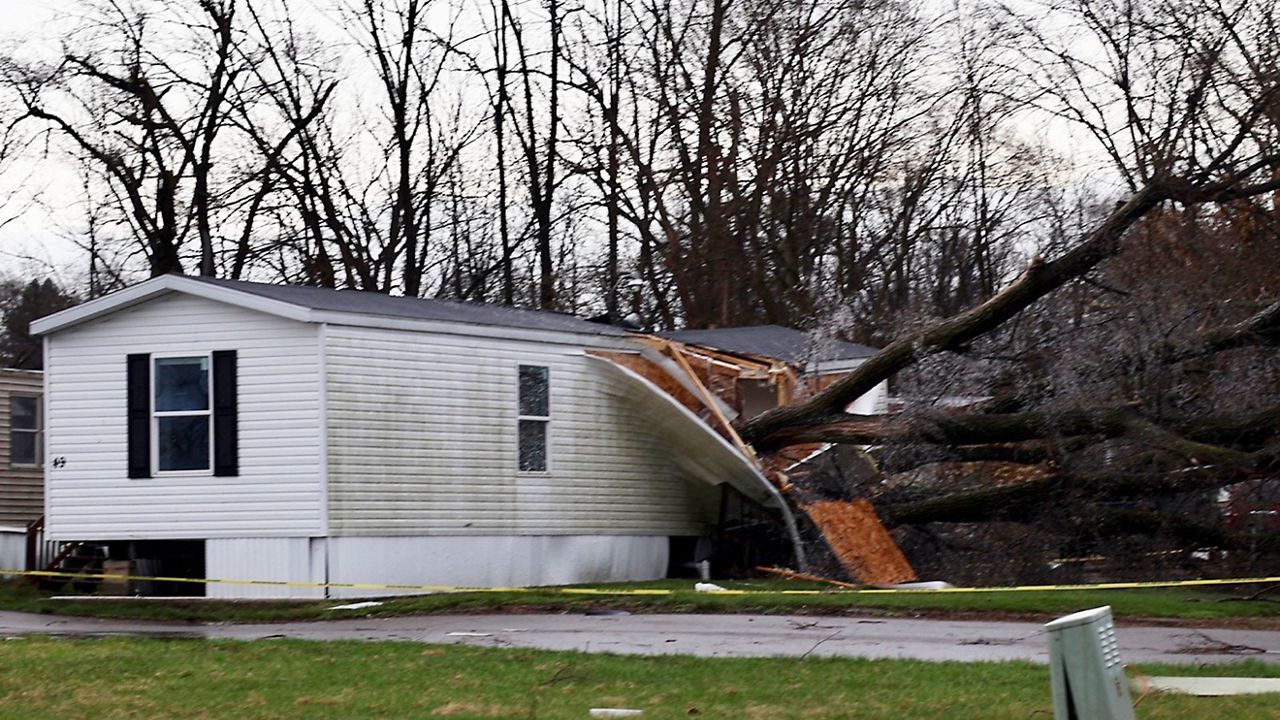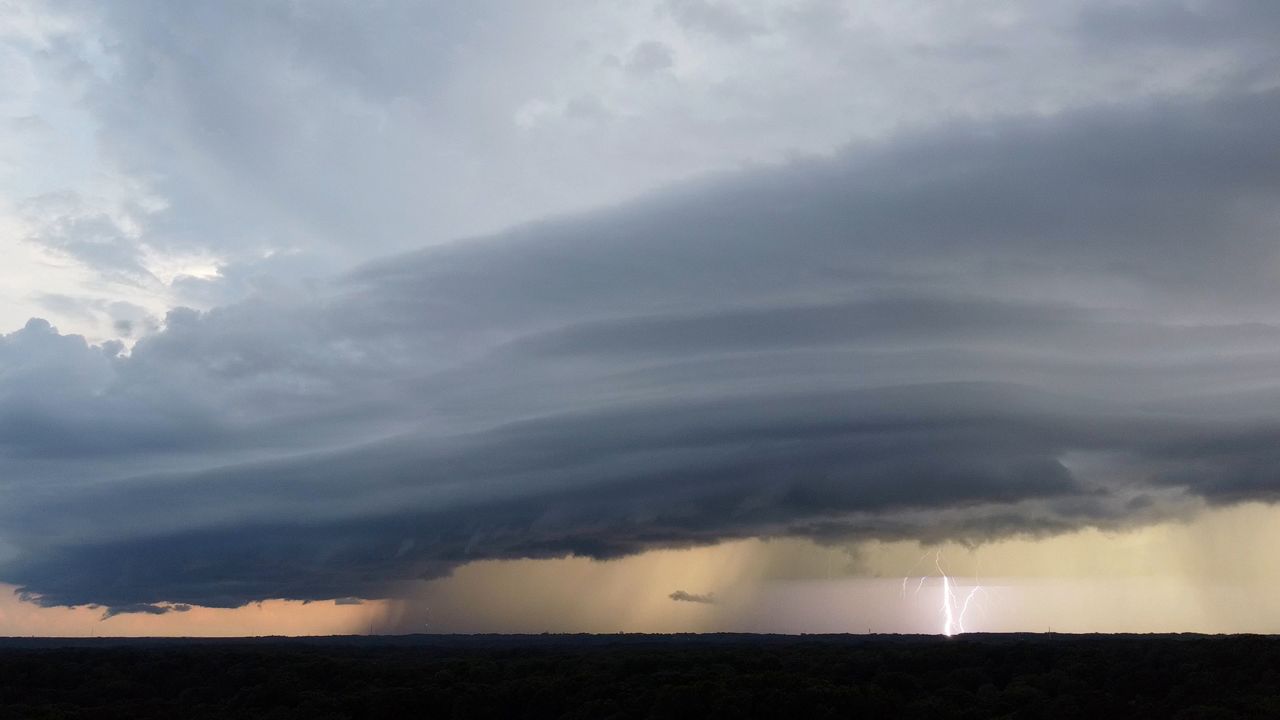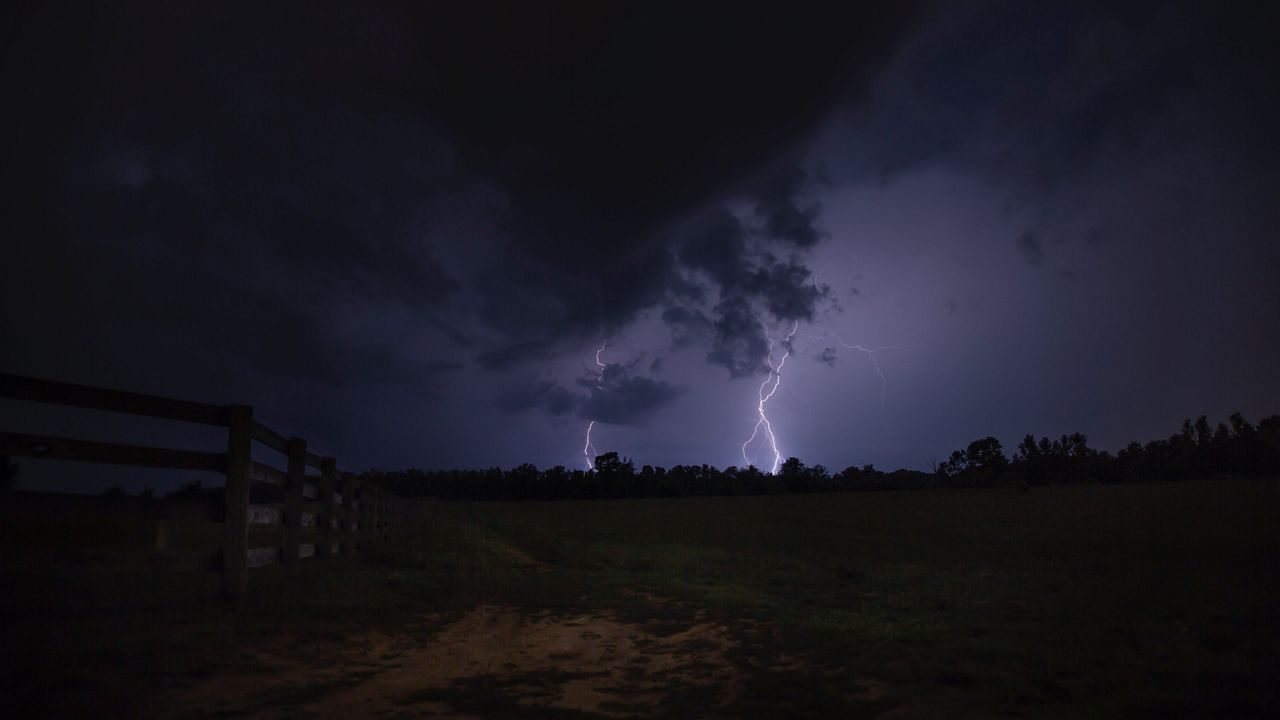The United States has millions of lightning strikes every year and some are more powerful than others.
There's a big dfference between positively and negatively charged lightning. Positive lightning strikes are way more powerful than negative lightning strikes and can strike more than 20 miles away from the storm.
This means someone sitting under a sunny sky can be fatally struck by lightning from a storm 20+ miles away. These strikes are called "a bolt from the blue."
And positive strikes can carry as many as 1 billion volts, which is ten times more powerful than a negative lightning strike.
Positive and negative strikes are classified based on the type of charge that is released to the ground.
These charges are created by ice particles way up in the storm cloud, often above 15,000 feet.
The clash of these ice particles, whether it’s hail or graupel, create positive and negative charges.
These charges separate and the positive particles tend to favor the top of the storm cloud while negative charges are located in the middle and bottom of the cloud.
Lightning that strikes from the anvil (top) of the thunderstorm tend to carry a positive charge becuase most of the particles in the anvil are positively charged. These are the strikes that can travel far from the parent thunderstorm.
Most lightning strikes are negatively charged and make up for about 95% of total strikes.
Thunderstorms that carry more positive charges in the summer tend to be stronger storms too.
Just remember, all lightning is dangerous, so when it's important to head inside when you hear thunder roar. The National Weather Service reports that lightning kills about 25 people each year, on average.








